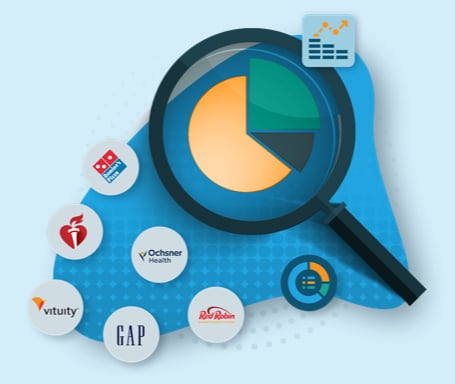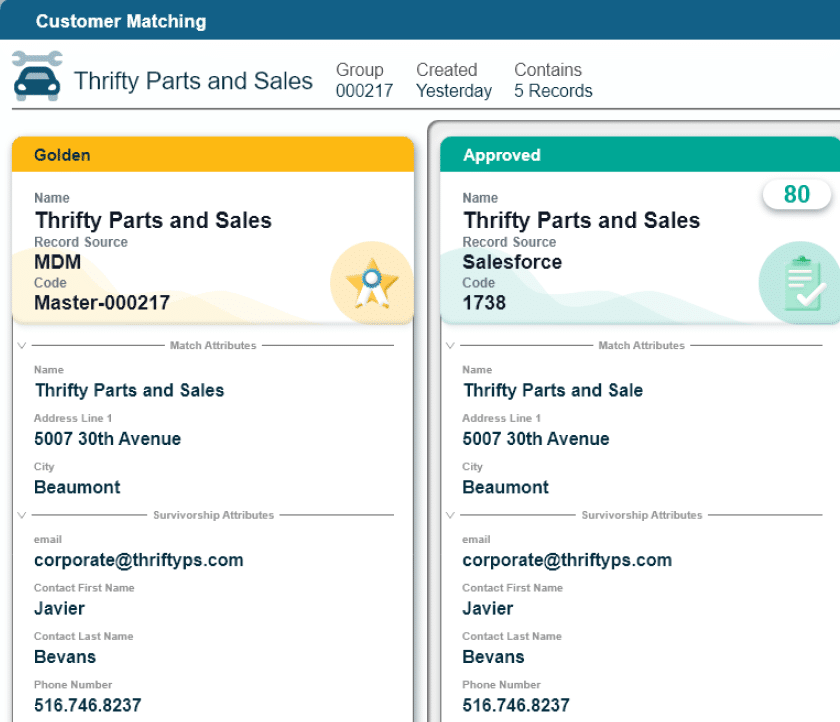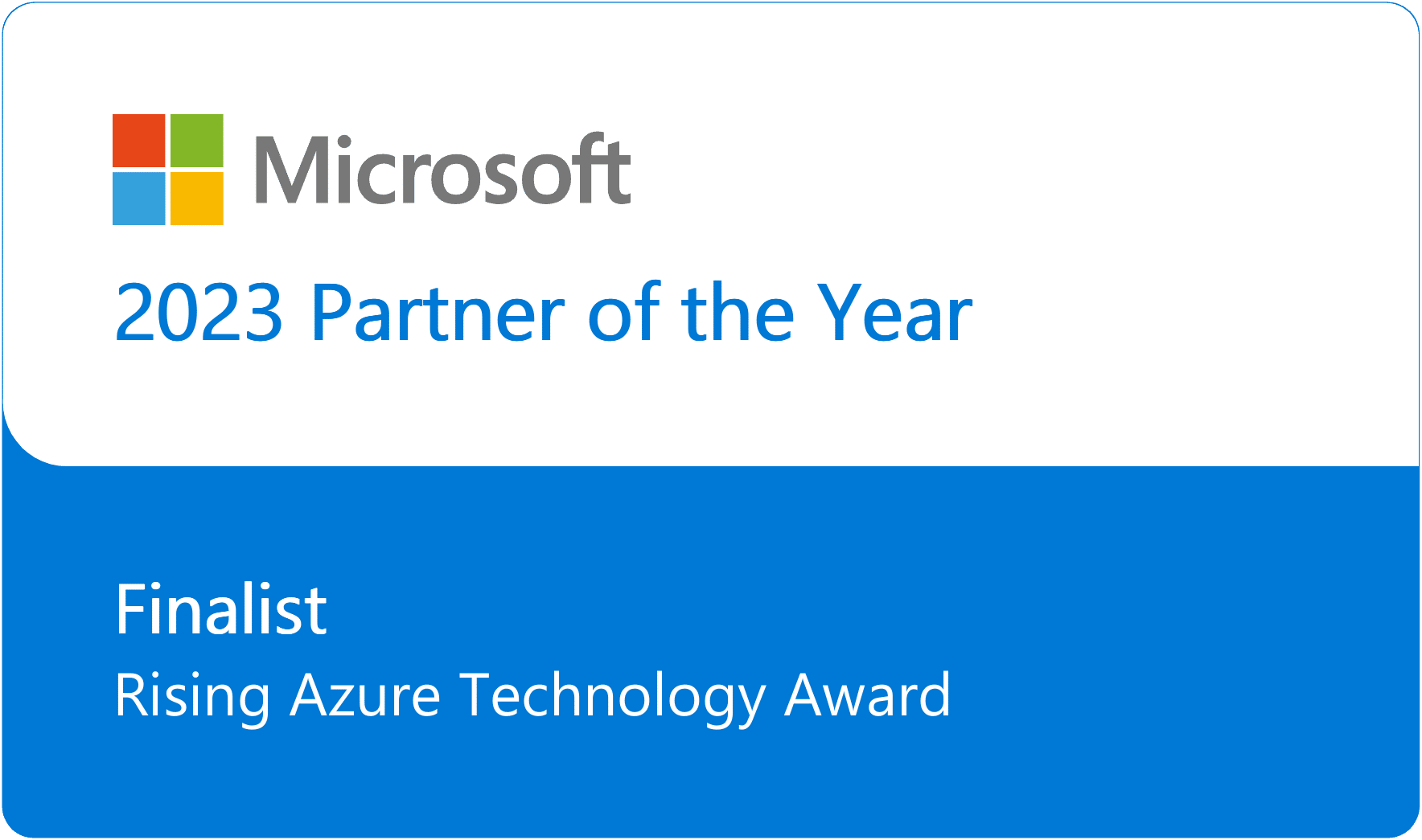Supplier Master Data Management (MDM) Platform
Get a comprehensive, 360-degree view of your suppliers and optimize supplier relationships for strategic procurement.


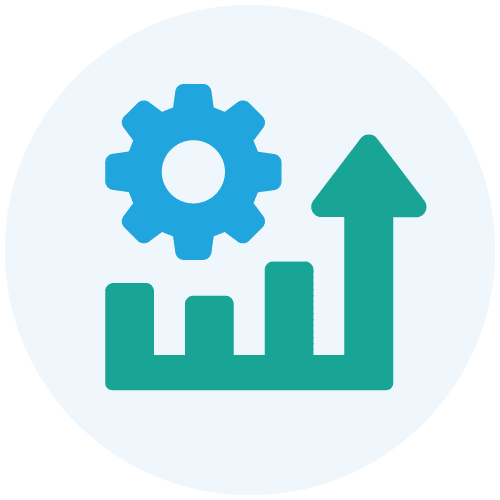
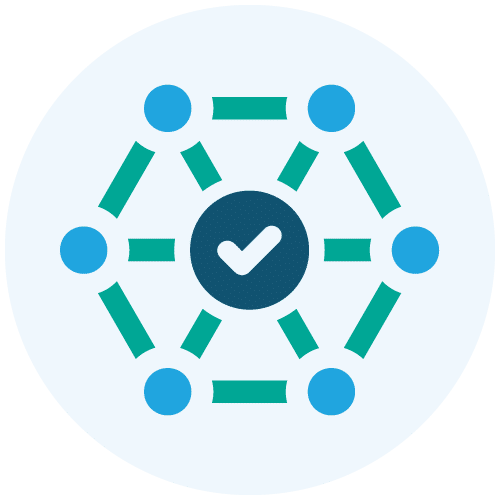



Profisee for Supplier Master Data Management
OPTIMIZE PROCUREMENT Profisee lets you integrate supplier data from all your systems to negotiate better contracts, analyze changes in demand across locations and better evaluate vendor performance.
How Supply Chain Master Data Management Can Streamline Procurement
Better procurement starts with better data.

Comply with regulations by understanding the full picture of your supplier’s relationships and hierarchies
Improve Vendor Relationships with Supplier Master Data Management

Track Supplier Performance
Easily maintain up-to-date, accurate data about how suppliers perform across the organization, regardless of source system.

Evaluate Supplier Compliance
Ensure your suppliers are compliant with regulations and company policies around areas such as security, sustainability and their full product lifecycle.
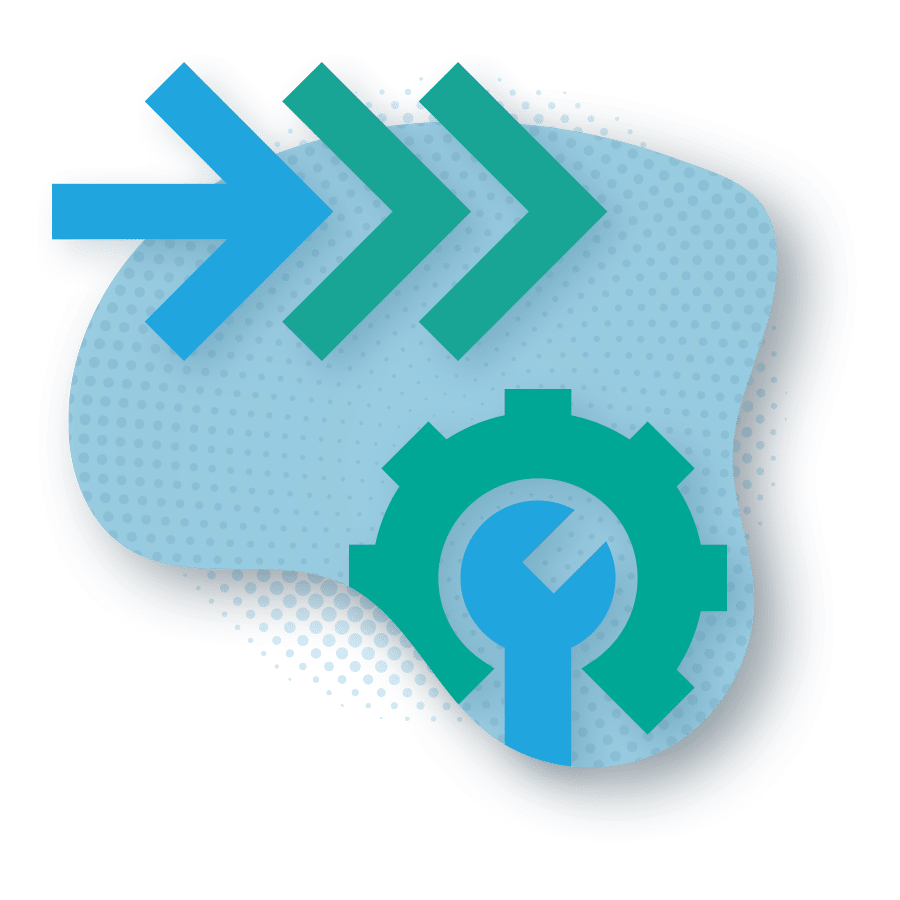
Optimize Supplier Relationships
Assess the value of your suppliers not just in terms of who has the lowest prices, but who provides the greatest overall value to your organization.
The Impact Our Customers Are Making
hours saved correcting data
LEARN HOW CUSTOMERS HAVE OPTIMIZED
THEIR OPERATIONS WITH PROFISEE


Mastering Customer, Location and Supply Chain Data at Scale
Learn how Domino’s used Profisee to link POS products to supply chain inventory item SKUs in its stores’ commissaries to achieve greater operational efficiency.


Consolidating Operations for the Global Brewing Process
Learn how ABInBev used Profisee to simplify recipe management data and consolidate operations across the global, regional and local levels.

Driving Strategic Procurement with Profisee
Learn how Apogee uses Profisee to standardize and harmonize its data across multiple ERP systems to identify matching vendors among business units.

EXPERIENCE THE POWER OF PROFISEE MDM FIRST-HAND
Watch an on-demand demo or schedule a customized demo to see the Profisee platform for yourself and learn how it can help you manage supplier master data.

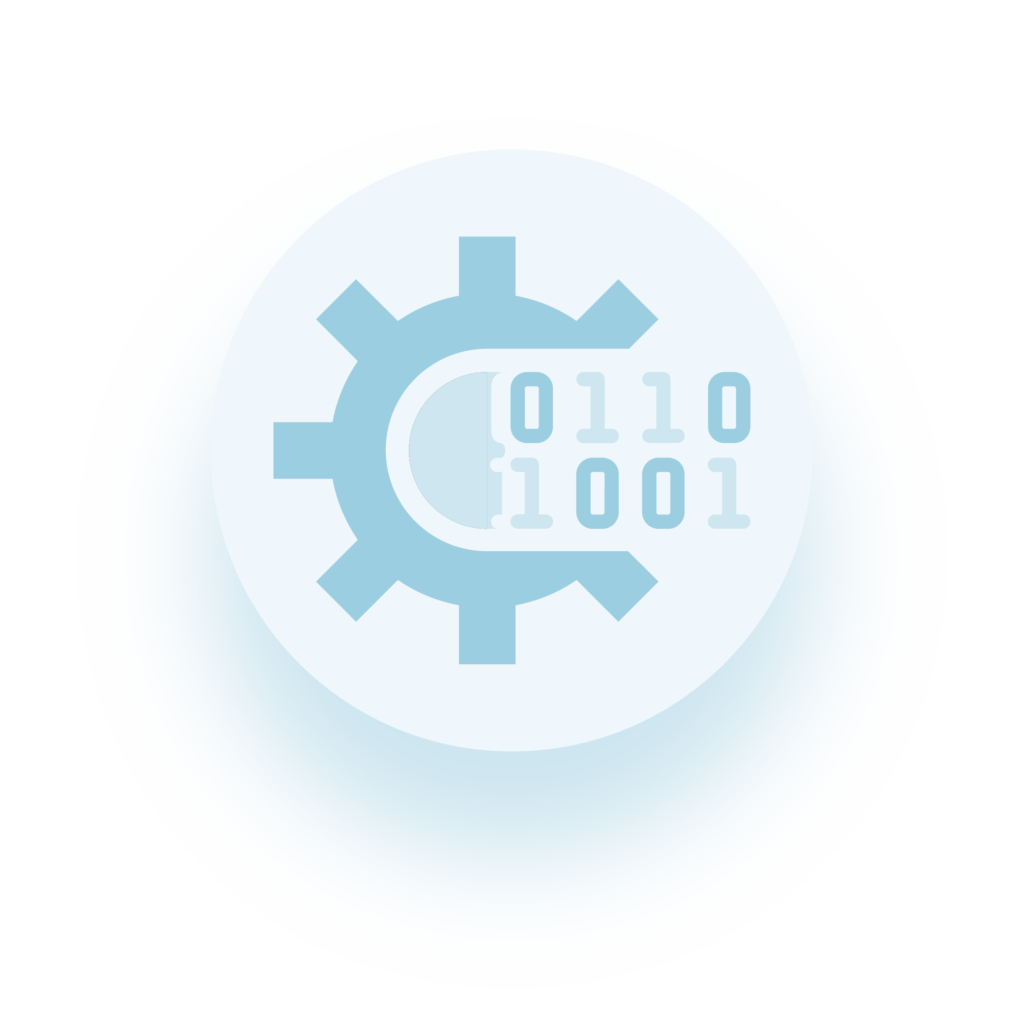



Supplier MDM Frequently Asked Questions
Supplier master data management is the practice of managing the master data generated by your suppliers, including its metadata and reference data. A subset of master data management, supplier master data management refers to the process of:
- Consolidating master data records about suppliers
- Identifying potentially matching records
- Merging similar records while keeping the best, most representative data
- Eliminating duplicate records
- Making the resulting golden supplier records available to all the people and systems that need to access it
Data professionals manage supplier master data using a supplier management platform or a master data management tool. From there, master data can be accessed by different systems like ERP, BI, CRM, data lake or marketing automation.
There are many benefits of supplier master data management, but some of the most notable include:
- Improved supplier relationships
- Enablement of strategic procurement
- Reduced costs
- Increased operational efficiency
- Reduced risk
- Compliance with global regulations like Know Your Supply (KYS), digital product passports and more.
- Better forecasting and planning
Other benefits might include better compliance, shorter onboarding times for new suppliers and the ability to negotiate better contracts with suppliers.
Many supply chain master data management best practices are often consistent with those for MDM in general. But here are a few considerations when deciding how to best implement supplier MDM:
- Identify Master Data Source Systems: Where is data about your suppliers generated? Is it through your ERP systems? A supplier management platform? Somewhere else? One of the first steps you’ll take with supplier MDM is to integrate your supplier data, so it’s important to nail this down early and make a list.
- Consider an MVP Data Governance Strategy: If you haven’t already, you will want to understand how data governance will factor into your MDM strategy. While closely related, data governance and master data management are not the same thing. Data governance is used to create and catalog rules or policies that govern how data is handled to maintain high data quality. Master data management works with data governance to enforce those rules through the process of matching, merging and standardizing data.
- Identify Data Stewards: Data stewards are the people who work hands-on with your supplier data, and they should be intimately familiar with both the data sources it comes from and how it should be corrected according to the company’s data governance policies. The owners of each master data source, the solution architects implementing the MDM solution or business consultants typically identify data stewards during an MDM scoping and implementation.
- Consider the Best Data Model for Your Business: Choose which attributes your master data records should include in addition to their size, data type, allowed values and more. This often requires input from multiple different stakeholders and should be configured with business stakeholders and use cases in mind.
- Review Your MDM Program Regularly: Business leadership changes. Old source systems are retired, and new ones are added. Suppliers come and go. Your MDM program should be flexible and adaptive enough to accommodate the constantly changing nature of a modern organization, so it’s important to check in on your processes and data model at regular intervals to ensure it still serves the company’s business needs.
